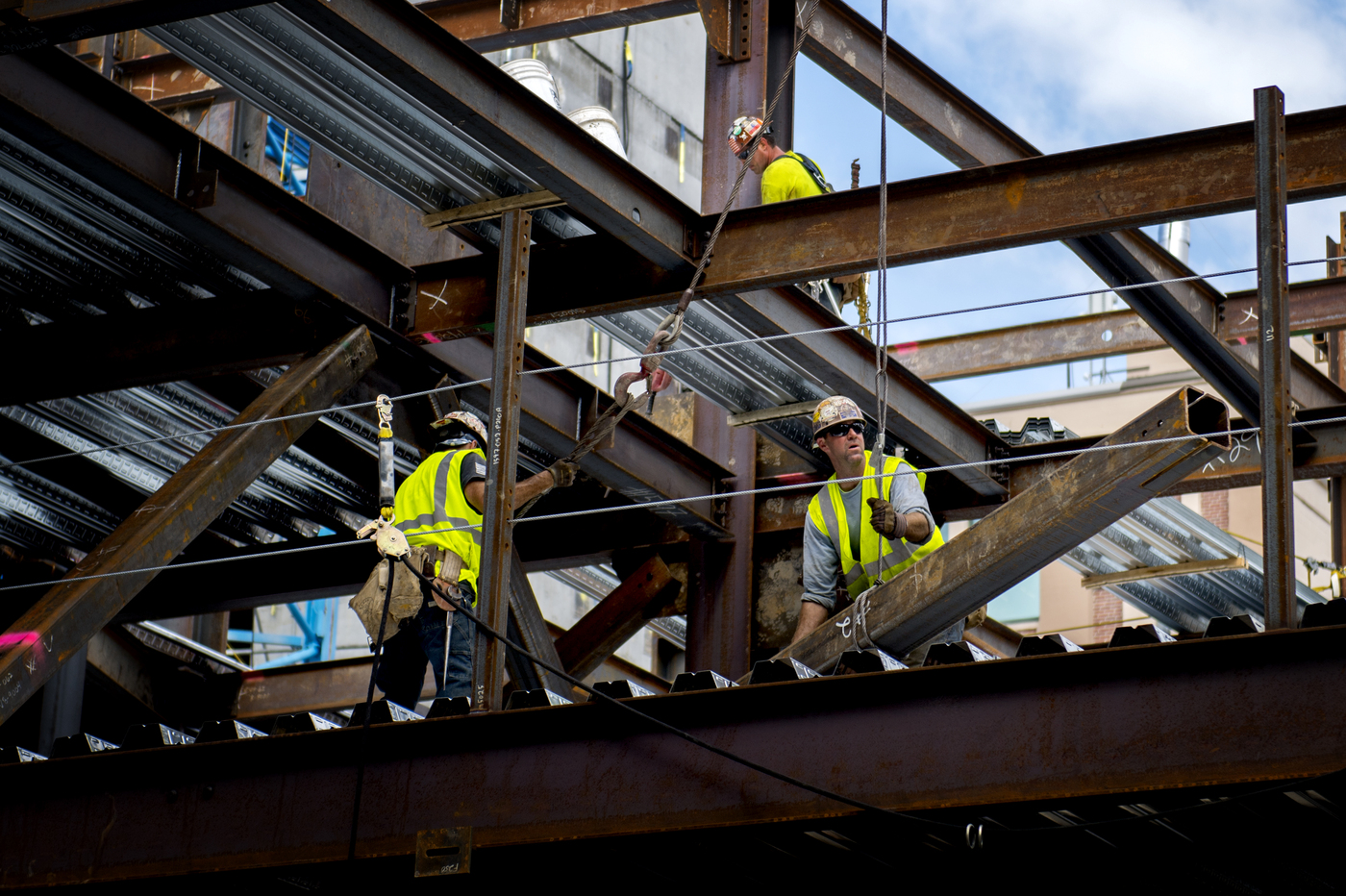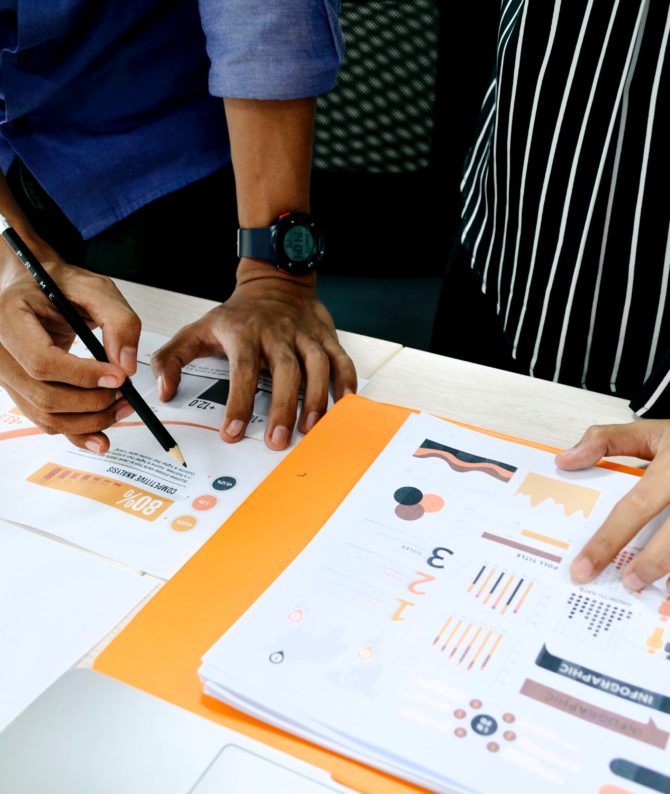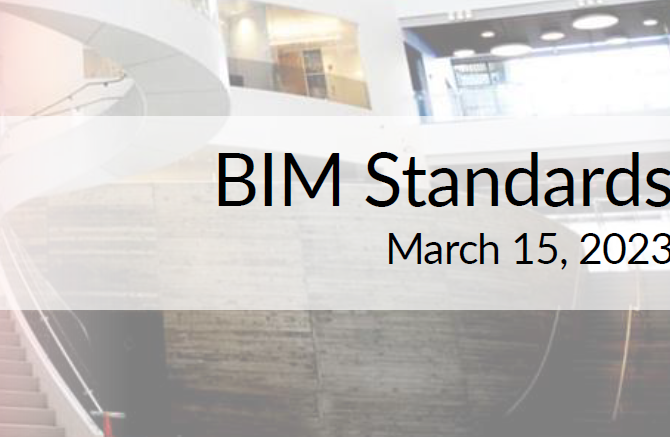Safety First

Northeastern’s office of Environmental Health and Safety (EH&S) is becoming two separate offices. Environmental health and safety will now be handled by the Office of Environmental Compliance and Occupational Safety (ECOS) and the Office of Academic and Research Safety (OARS).
“It was always mainly focused on the labs, the classrooms, the research side of things, which is very important, because there’s a ton of environmental compliance that goes with that,” said Gina Kerwin, Environmental Program Manager at Northeastern. “But at the same time, there’s also a lot that is affected by facilities.”
Beshad Moghaddam is the Associate Director of ECOS. He works with Kerwin and others to develop and implement training programs for the trades staff who work at Northeastern. Construction has its own set of environmental and safety regulations which need to be followed and now they have an office dedicated to it. ECOS is currently working on a more involved training program that will start next year.
“It’s going to provide them more resources and guidance to make sure they really understand what these topics are and how they relate to their job,” Kerwin said. “It’s not just watching a video, it’s a very interactive training, which we feel will be beneficial compared to what’s been the procedure historically… We’re making sure that the trades people have these resources available because we feel like the laboratory and research staff has had that guidance and it’s been lacking in the facilities group.”
The split of EH&S into ECOS and OARS has been over two years in the making. The University hired Marné Smith as Associate Vice Provost for Education and Research Safety in March, 2020, but her time was almost immediately consumed with creating and approving COVID responses for academic and research labs. Two years later, she has finally had time to work on the new offices and they are officially getting started. Although the split was necessary in order to address separate issues, there is still a lot of collaboration between the two offices.
“There’s always going to be overlap,” Smith said. “Obviously, there are building issues within a research or academic laboratory that are very applicable to the research safety office. And vice versa, there are going to be chemicals, which is our area of expertise out in the facilities realm, and we’re probably better equipped to address that kind of risk assessment and program element for them. So, there’s this constant overlap and communication.”
Smith emphasized the importance of having high level environmental, research, and occupational safety programs for an R1 university like Northeastern.
“Our goal is, at least in the safety realm, instead of us saying, ‘what’s Harvard doing,’ we want Harvard to say ‘what’s Northeastern doing? Let’s touch base with them and figure out how they’ve built their program because we know it’s successful.’”
“Safety is the responsibility of everybody,” she said. “How we work together as a community to make sure that we come to work and go home in the same condition that we arrived, that we take care of the person next to us, and that we’re confident our campus is safe across all of those safety realms.”
Written by Adam Doucette – 6/14/2022



